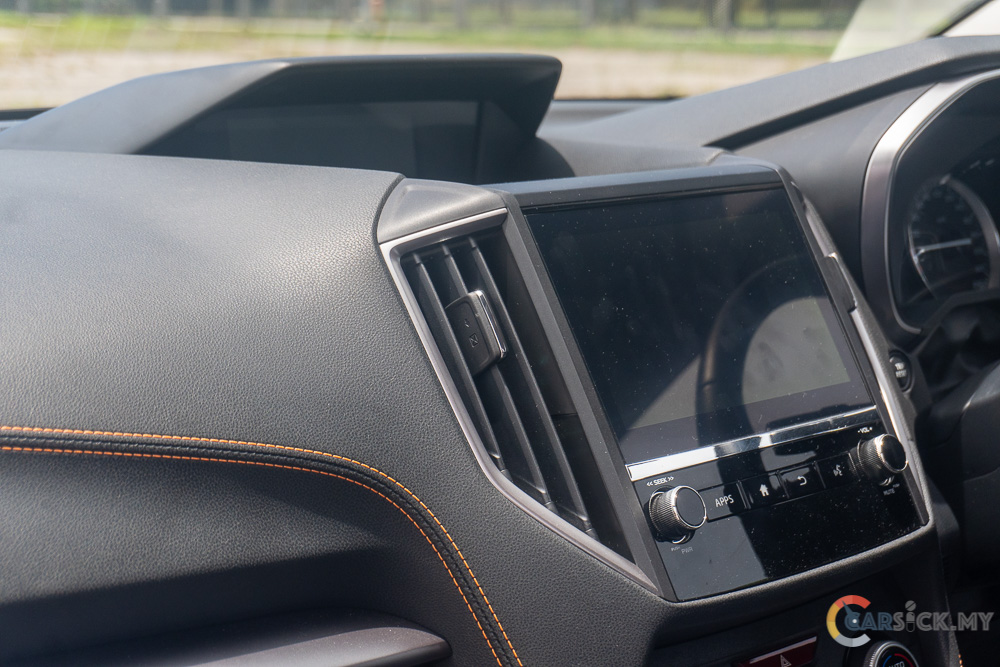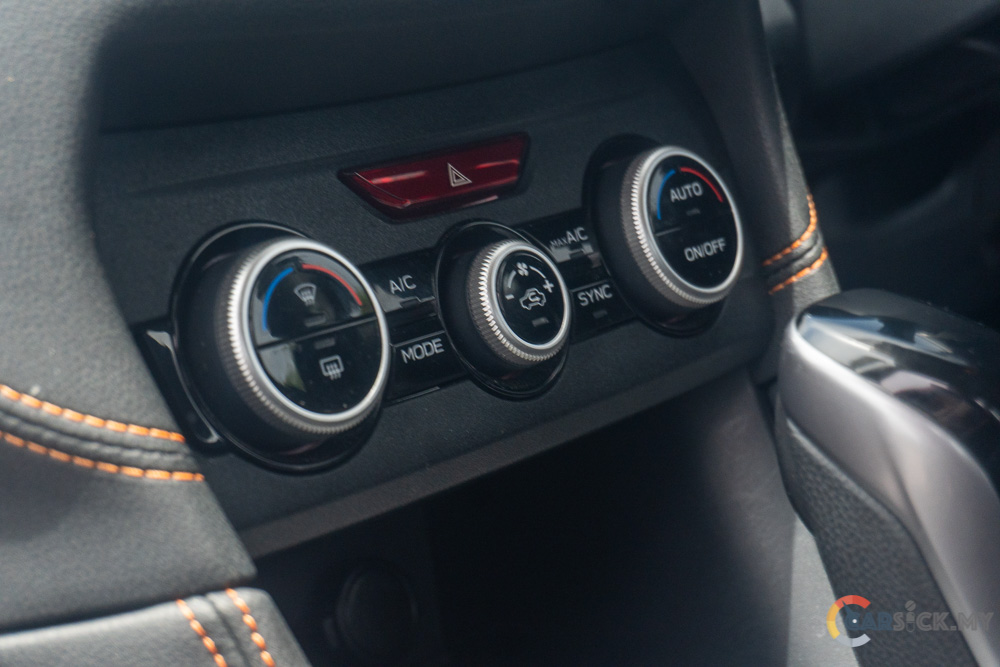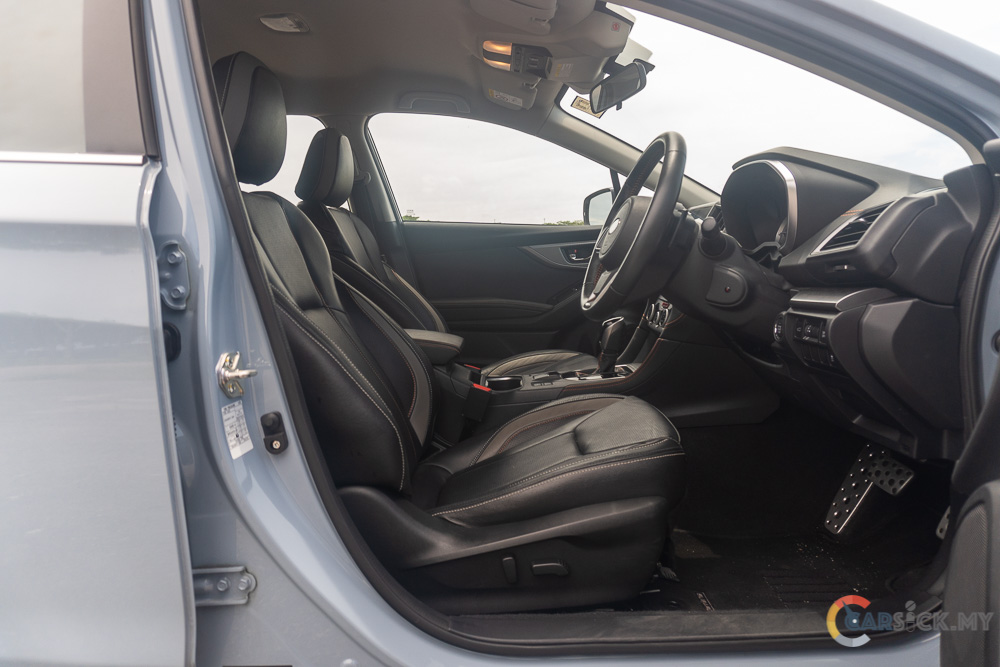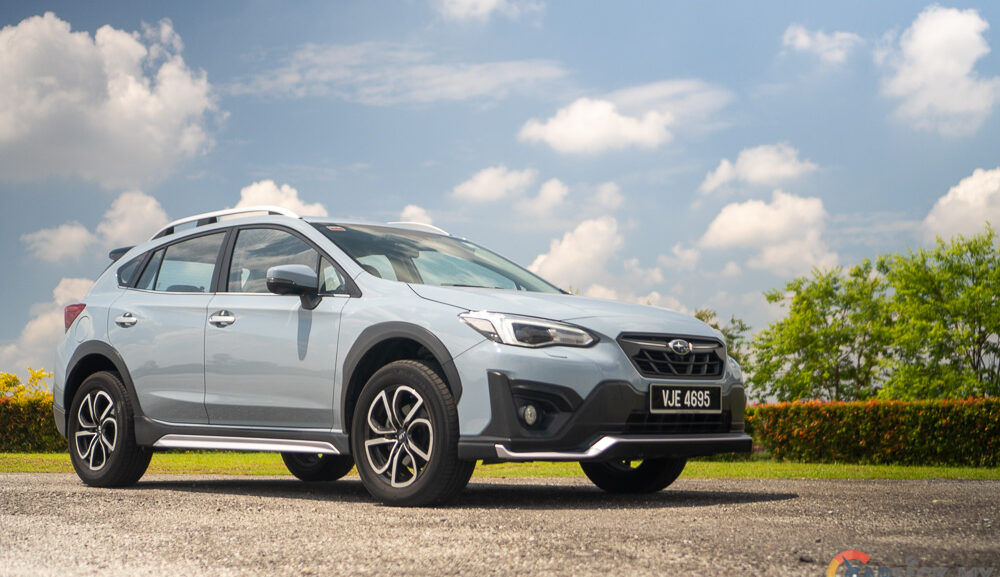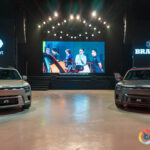While Subaru Malaysia has been selling the XV for quite a few years, I never actually had the chance to try it out. So, what really piqued my interest? To be fair, I’ve seen quite a number of Subaru XVs on Malaysian roads, and that made me curious to find out why Malaysians are so drawn to this model.
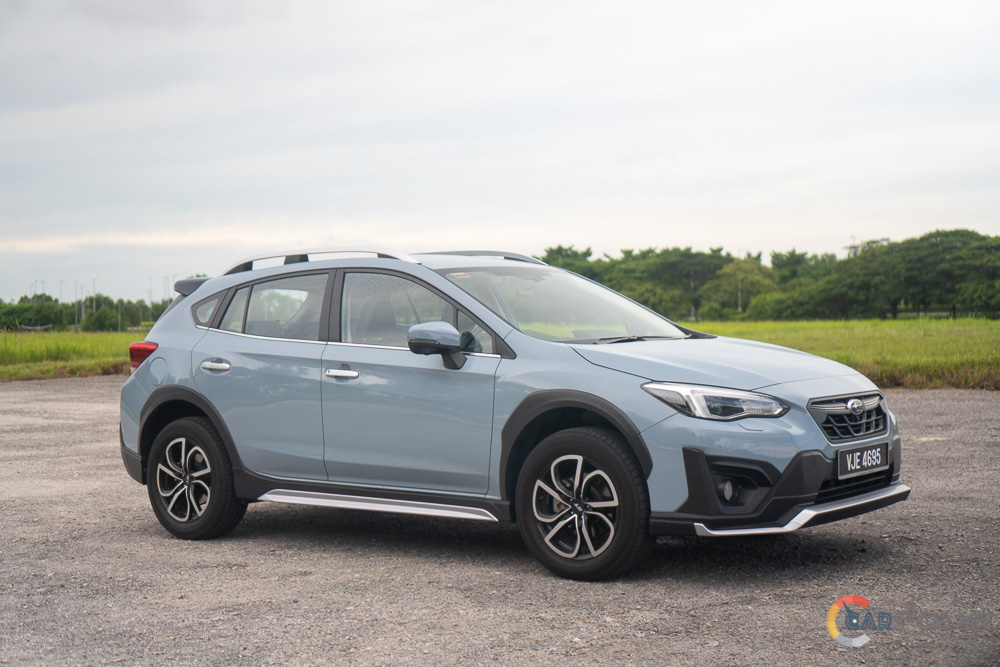
 Ever since the introduction of the first-generation Subaru XV, Subaru has kept its design fairly consistent across both generations. The second-generation XV is a more refined version of the first, featuring sharper and more modern styling. However, the overall silhouette hasn’t changed much — which is actually a good thing. Many buyers appreciated the soft-roader look of the first generation, so there was no real need for Subaru to alter its design drastically. In terms of size, the XV may give the impression of being a compact SUV, but it’s surprisingly spacious considering its dimensions.
Ever since the introduction of the first-generation Subaru XV, Subaru has kept its design fairly consistent across both generations. The second-generation XV is a more refined version of the first, featuring sharper and more modern styling. However, the overall silhouette hasn’t changed much — which is actually a good thing. Many buyers appreciated the soft-roader look of the first generation, so there was no real need for Subaru to alter its design drastically. In terms of size, the XV may give the impression of being a compact SUV, but it’s surprisingly spacious considering its dimensions.
To be fair, Subaru did really well with the XV’s styling. It’s muscular yet retains a few softer, more feminine qualities that make the vehicle appealing to both men and women. The latest XV features a much sharper front end, with a design that can truly stand the test of time. To meet modern-day expectations, it also comes equipped with full LED headlights. These aren’t just regular LEDs — they feature cornering capabilities that allow the beam to bend when turning. For an SUV at this price point, that’s not bad at all. 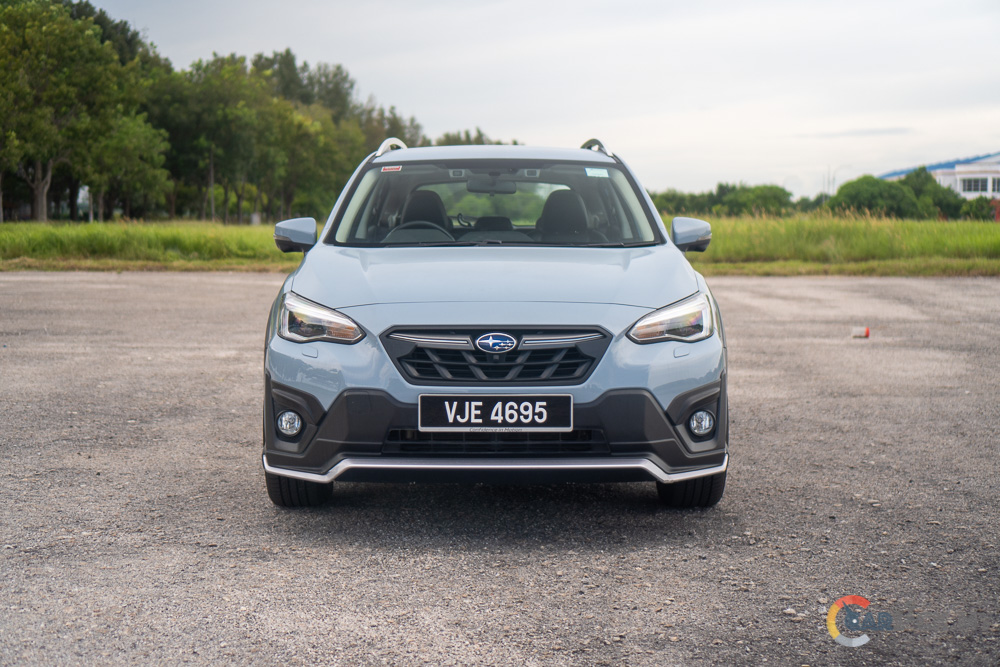
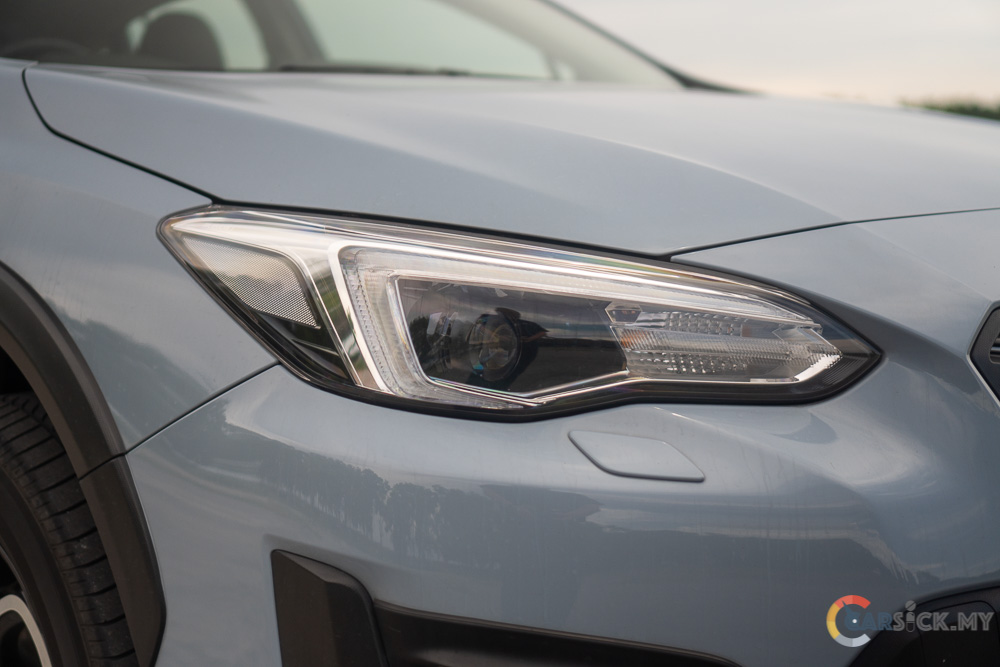
Moving to the rear, the XV doesn’t look too different from the previous-generation model. Once you set your eyes on it, you instantly know it’s an XV, regardless of the generation. The second generation features longer taillights, which create the illusion that the vehicle is wider than it actually is. The only downside is that the rear still uses halogen bulbs instead of a more modern LED combination. It’s not exactly a deal-breaker, though. At the back, the XV carries the Subaru and XV emblems along with a few stickers displaying the vehicle’s specifications — a trend that has largely faded among most manufacturers by 2025. 
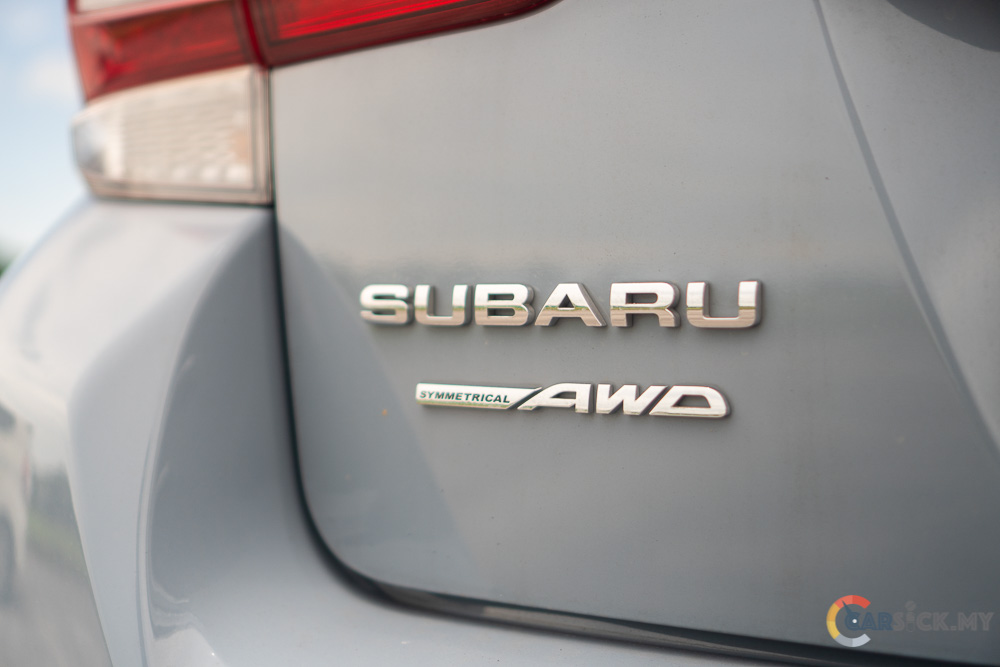
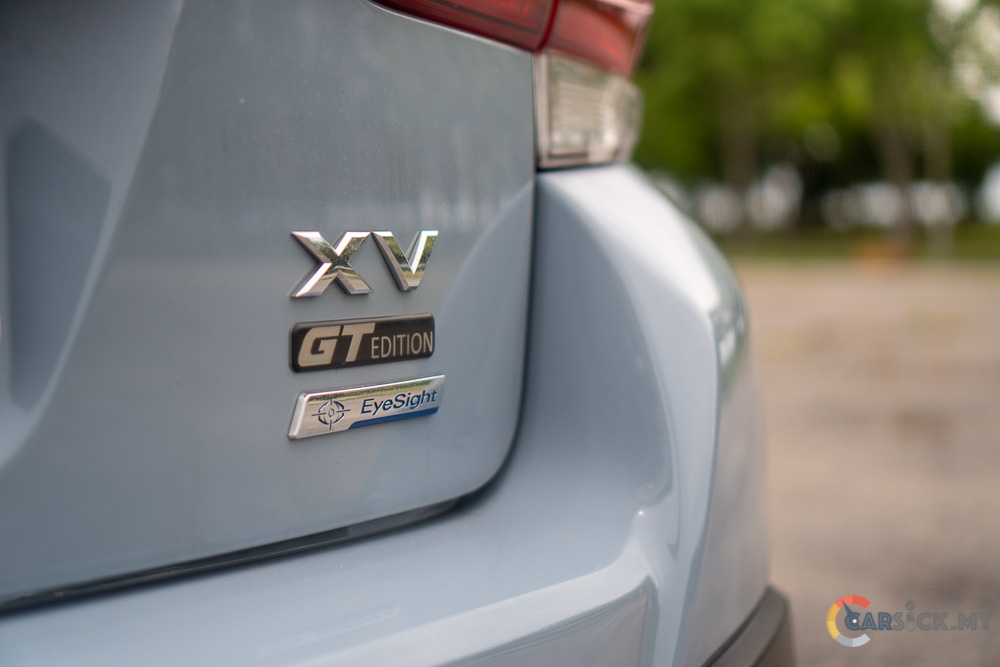
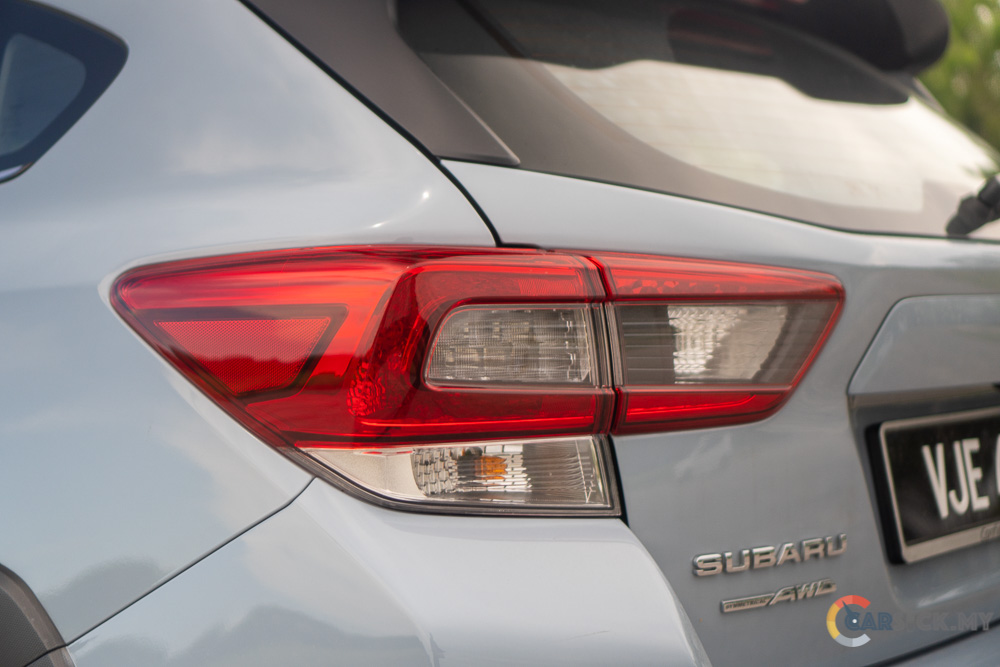
To add some spice to the XV, Subaru Malaysia introduced a GT variant. The GT variant is essentially a sportier version of the regular XV. It comes with a full bodykit, which not only makes the vehicle look more dynamic but also gives the impression of a slightly lower ride height, further enhancing its sporty appearance. The GT variant retains the same stylish 17-inch rims wrapped in 225/60 R17 tyres. While these rims do look good on the XV, going up an inch would have filled the wheel arches more effectively. 
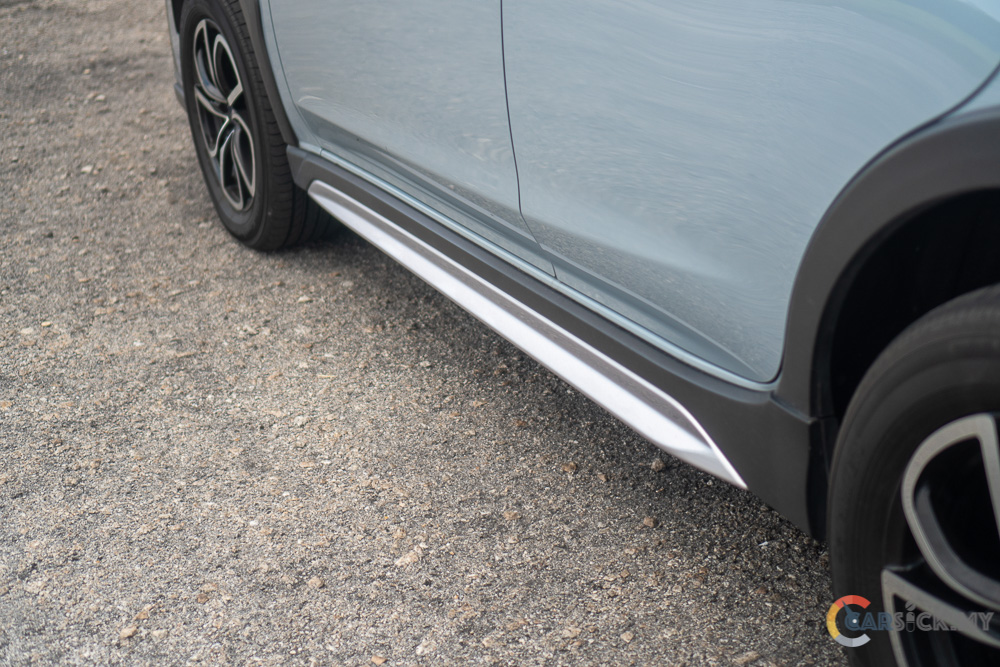

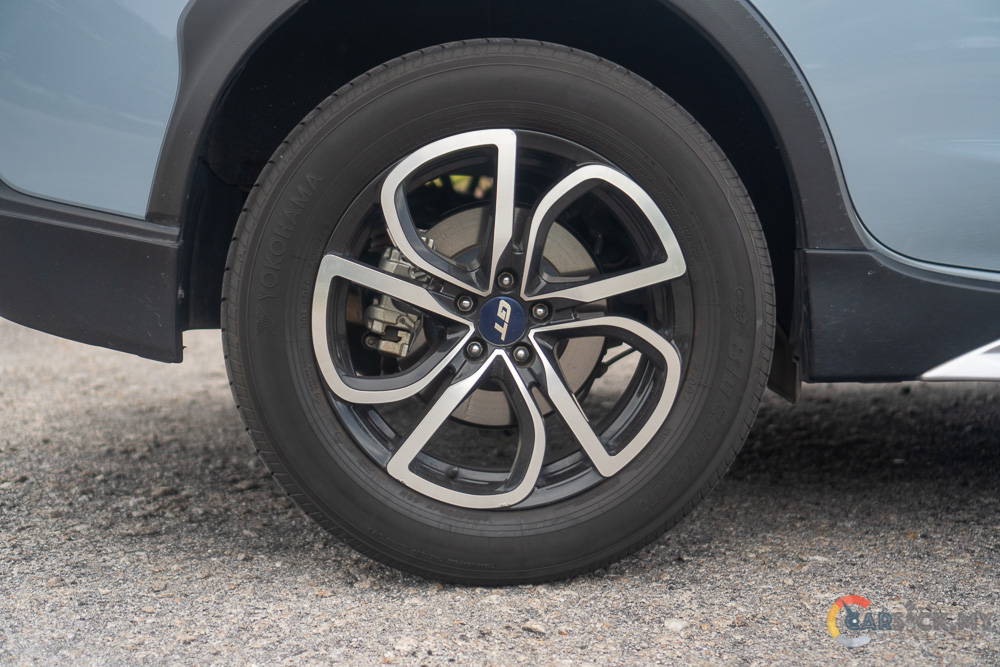
Hopping on board, you’ll find an interior that’s very typical of a Subaru. It largely shares its design with its sibling, the Forester. However, by 2025, this interior does look somewhat dated. That said, it doesn’t take away from the fact that the cabin is very well put together. All panels are securely fitted, and the use of soft-touch materials elevates the overall feel of the interior. The cabin is also impressively well-insulated — once the doors are closed, you feel cocooned in your own safe space inside the XV.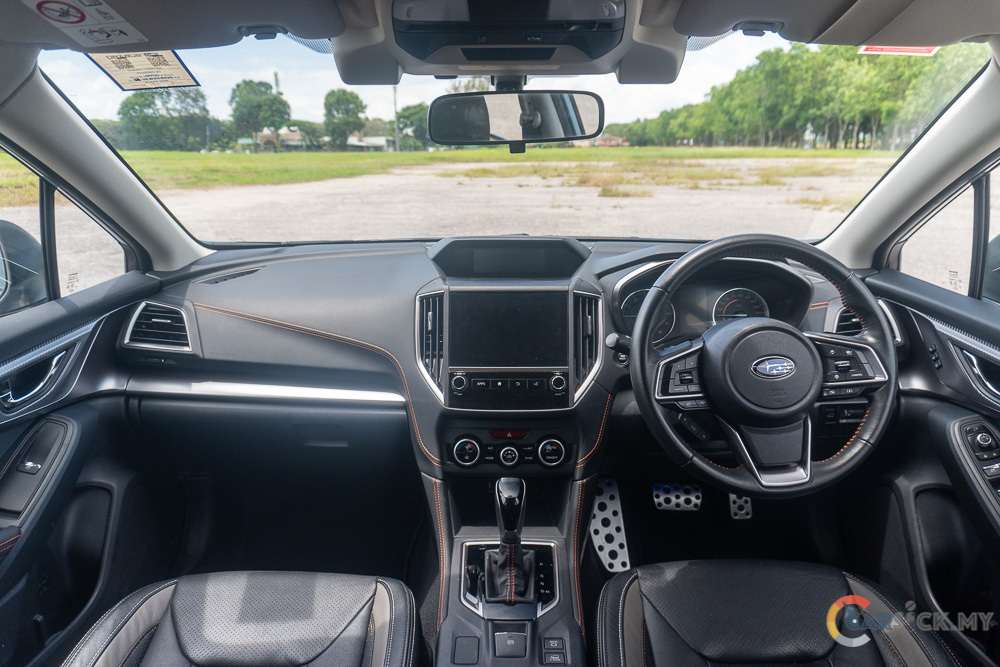
Coming back to the dashboard, everything you see here is likely what Subaru has been using across several of its models. That’s not necessarily a bad thing, as most of the switchgear feels solid. In front of the driver, you get an analog instrument cluster with a small 4.2-inch multi-information display in the center. True to Subaru tradition, there’s also a 6.3-inch multi-information display that shows essential driving information. Of course, you still get an 8-inch infotainment screen for connectivity and entertainment. However, the interior does feel dated, and many people may not find it very appealing compared to the modern designs of newer Chinese vehicles. Personally, though, I prefer interiors like this as they’re much more straightforward and hassle-free. 
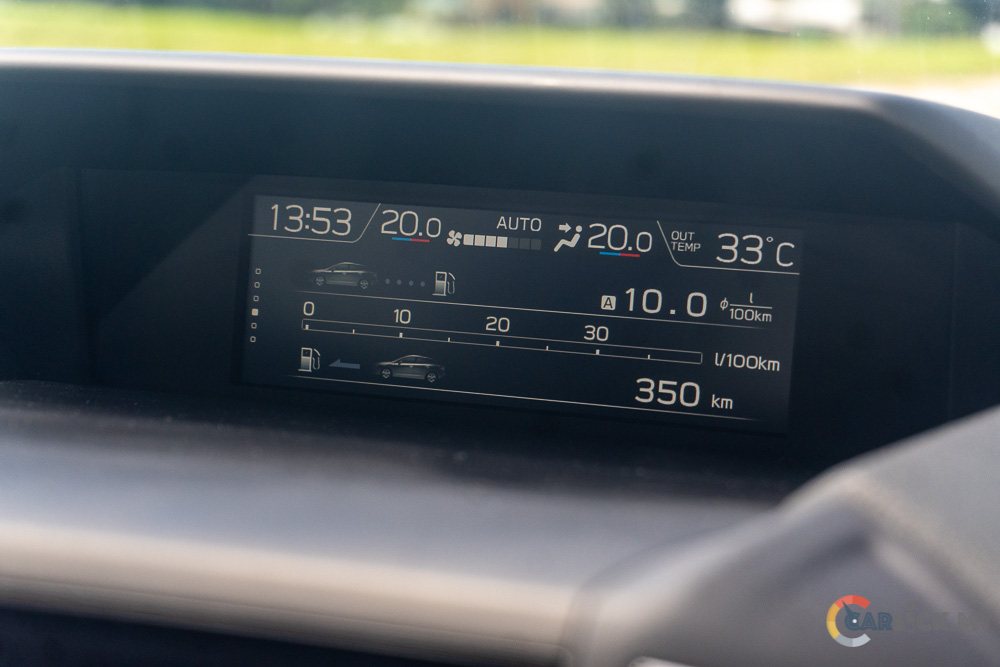
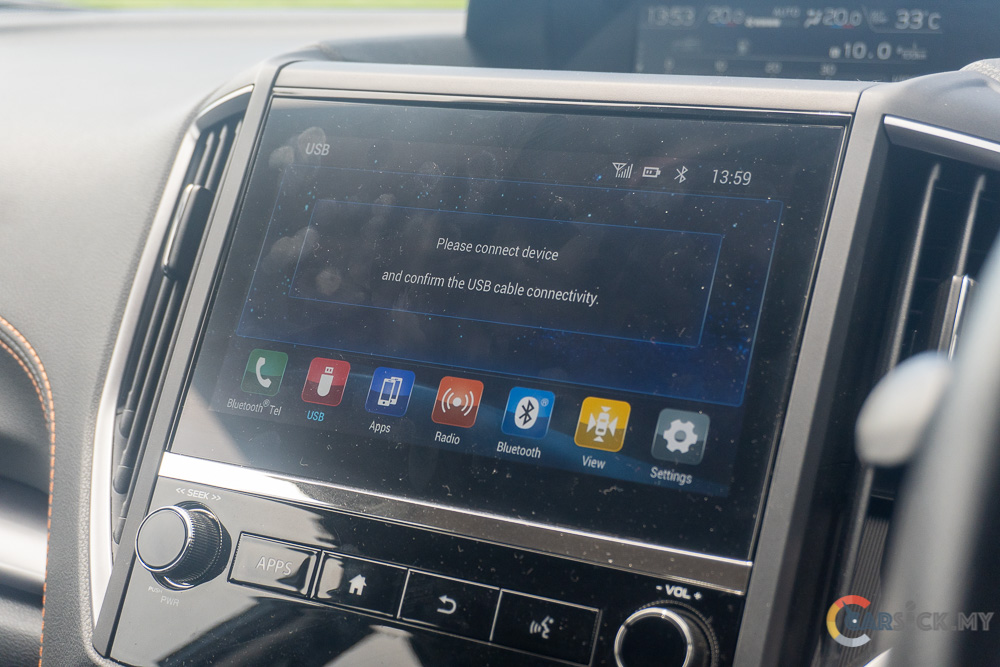
Even though you still get an analogue instrument cluster, I actually like its design. It’s simple and easy to read, giving the impression that once you start the vehicle, you’re ready to go. However, on this test unit, I noticed an issue with the trip button — though that’s something Subaru can easily sort out. As for the infotainment system, or rather the head unit, it feels more traditional since most of the information is displayed on the multi-information display at the top of the dashboard. It may look confusing at first, but it’s quite easy to get used to.
Moving back to the head unit, you get all the modern features you’d expect in a current vehicle. Features like Android Auto and Apple CarPlay are available, though the connection is wired instead of wireless — which feels a bit outdated for 2025. You also get a 360-degree camera, but the picture quality is rather low. The head unit is paired with a six-speaker sound system, and while the sound quality is decent for its price, it’s nothing exceptional. The information screen is positioned quite high on the dashboard, giving the driver excellent visibility when checking the vehicle’s status. I also like that Subaru integrated the climate display into the information screen, so it doesn’t interfere with the head unit’s interface.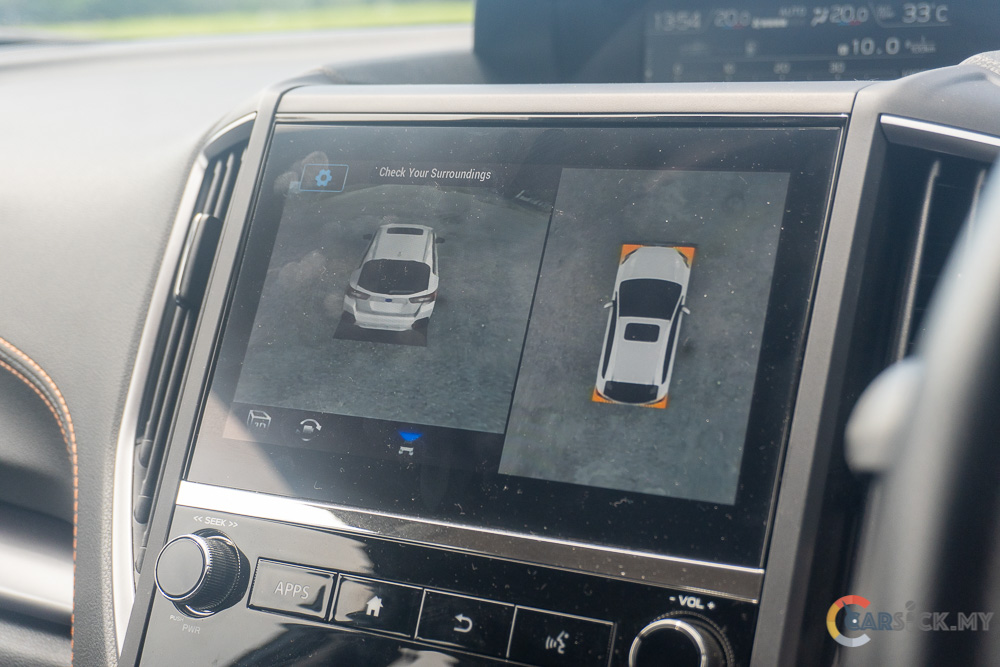
For the front seats, the XV offers a considerable level of comfort. I had no trouble finding my optimal driving position, and it makes long-distance drives quite pleasant. The only downside for me is the lack of side support — I would prefer more bolstering to make spirited driving more enjoyable. However, if comfort is your priority, the XV’s seats will easily suit most drivers. Additionally, I like that Subaru added orange stitching around the cabin, which adds a splash of colour to the otherwise predominantly black interior. 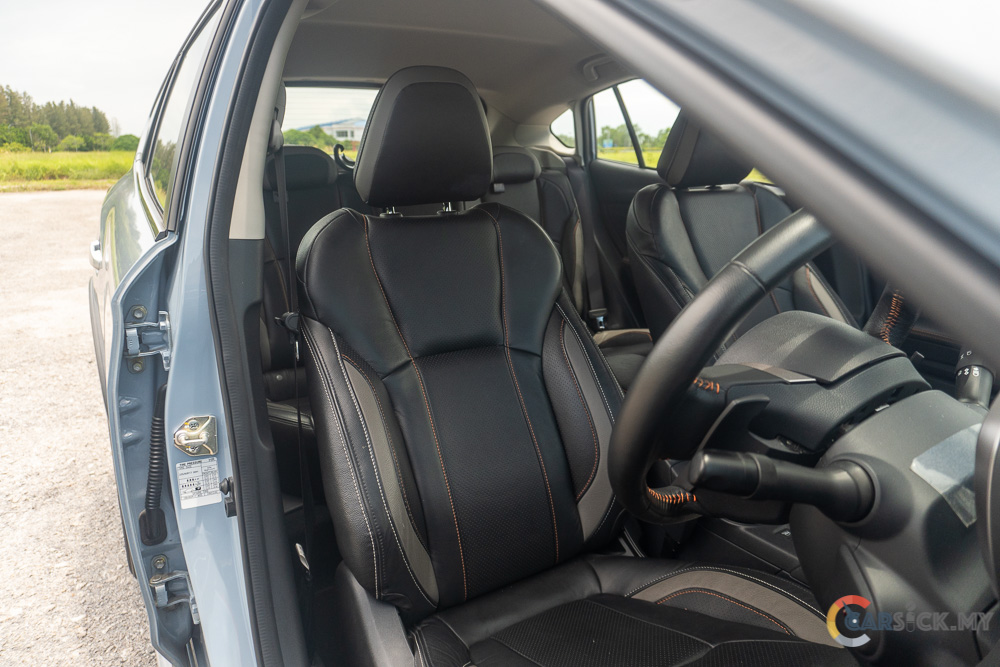

Getting into the rear seats, they’re just as comfortable as the front ones. What I like most is that they’re full-sized bench seats, providing good thigh support even for adults. Legroom and headroom are also decent, so passengers in the back won’t feel claustrophobic. However, if you try to fit three adults side by side, shoulder room may be a bit limited.
On the downside, the XV doesn’t come with rear AC vents or USB ports, which is a little disappointing. Behind the rear seats, the XV offers a 345-liter boot, which is suitable for most small families. At least Subaru gave the XV a wide boot opening, making loading and unloading items much easier. By folding down the rear seats, the boot space can be expanded to accommodate longer items. 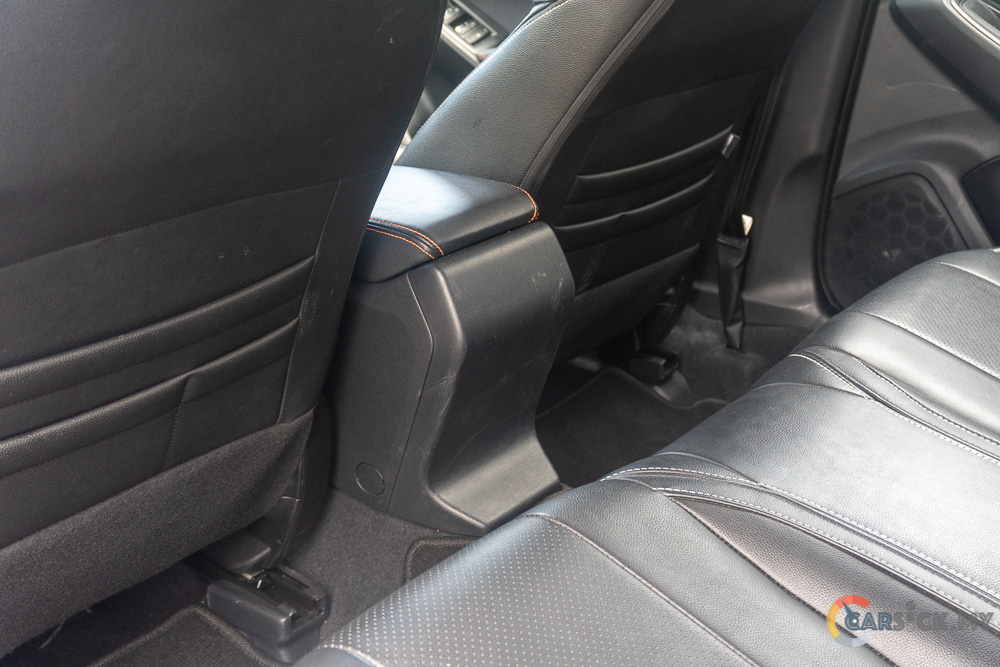
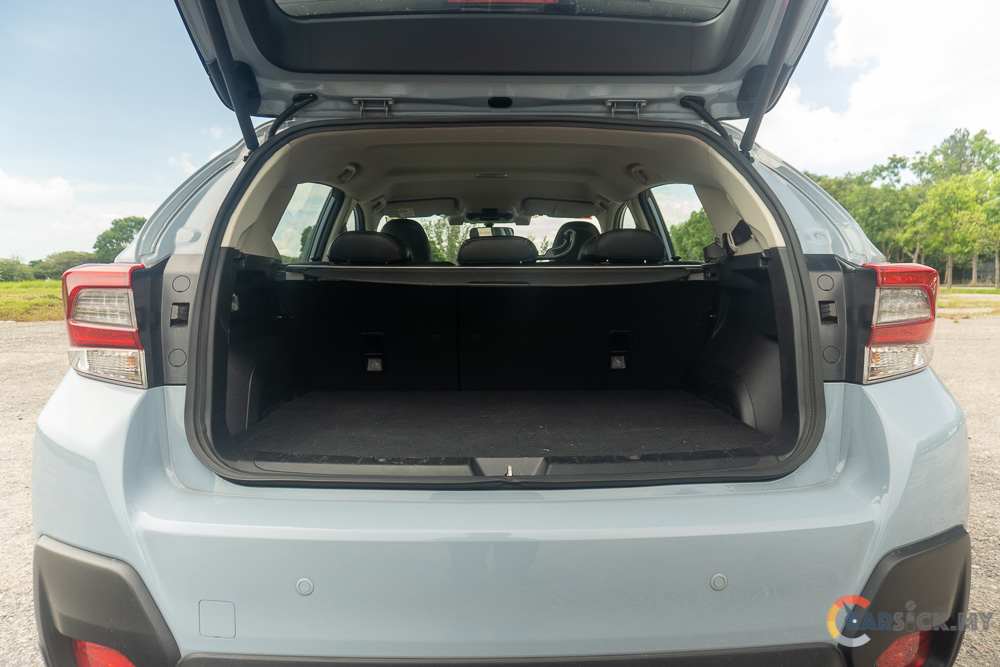
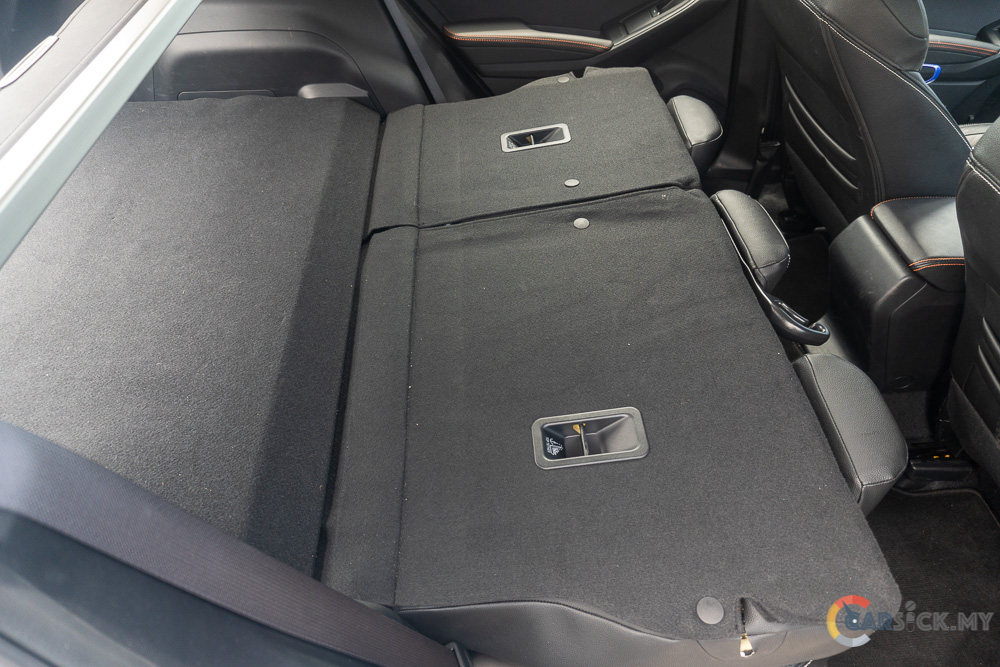
Staying true to Subaru’s roots, the XV continues to be powered by a 2.0L flat-four engine — the same engine Subaru uses across many of its models. It’s paired with a CVT, and power is sent to all four wheels through Subaru’s renowned all-wheel-drive system. This engine produces about 156 PS and 196 Nm of peak torque.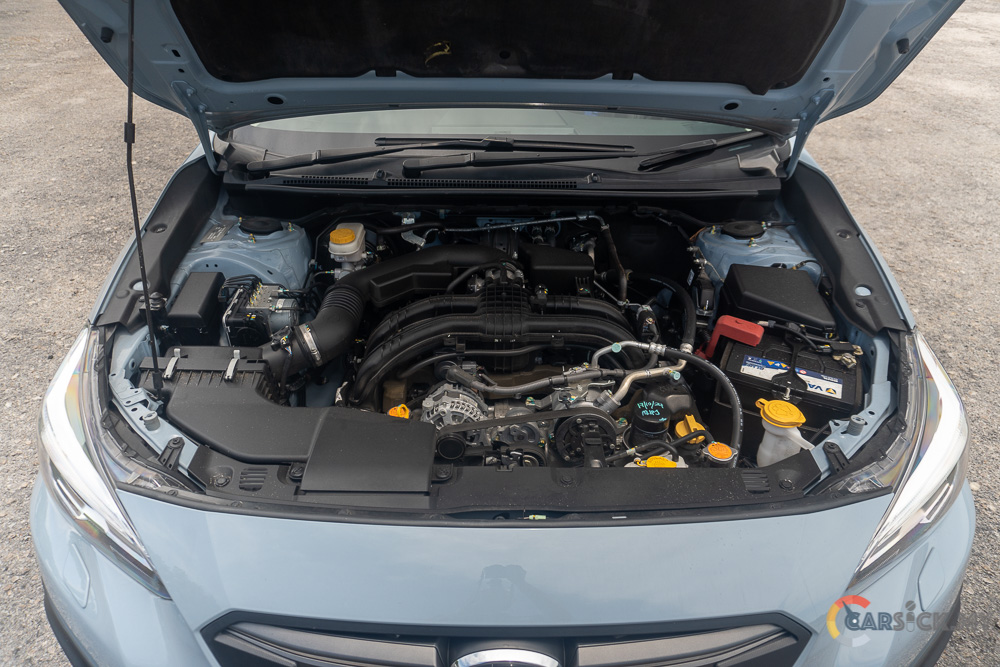
When you get behind the wheel, don’t expect big power from this powertrain. That said, the engine provides just the right amount of power to get the SUV up to speed without feeling overworked. Being a naturally aspirated engine, it still needs to rev if you want to get anywhere in a hurry. The best part is, this engine loves to rev. If you keep the revs low, it feels a bit uninspiring — but let it sing, and you’ll have a great time behind the wheel.
The CVT complements the engine well. It not only keeps the engine within its power band, but also helps it operate as efficiently as possible. However, it still lacks some of the directness you’d get from a more performance-oriented transmission. When it comes to efficiency, the XV achieves very good fuel economy. I managed to clock over 600 km on a single tank, averaging around 8.3 L/100 km. Considering it’s a naturally aspirated engine paired with an all-wheel drive system, that’s quite impressive.
For the XV’s suspension, it’s well-suited to the vehicle. It handles most road imperfections quite well, though more severe dips and bumps can still unsettle the car a little. That’s not a major issue, as the suspension does a good job of ironing out most uneven surfaces.
As for handling, the XV feels very nimble on its toes. You can really sense how light the vehicle is, which makes changing direction almost instantaneous. While it’s nice to have a nimble car, it can feel a bit twitchy during high-speed cornering. However, thanks to the all-wheel-drive system, the level of grip is excellent, helping counter any sense of instability. For an SUV, the steering is impressively sharp, adding a touch of sportiness to the vehicle’s handling characteristics.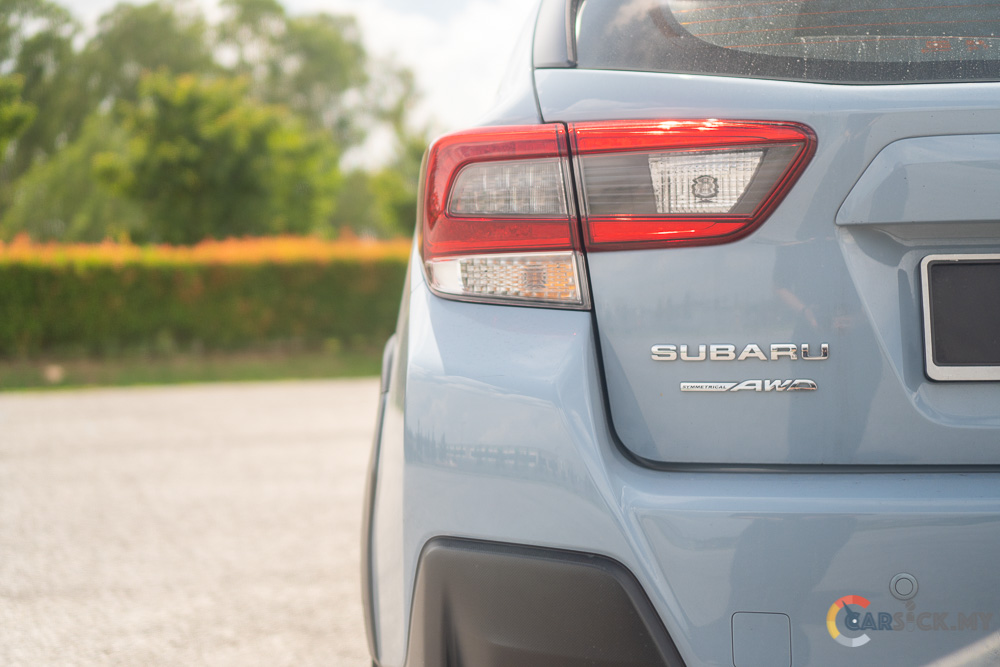
In terms of stopping power, the brakes on the XV are sufficient for most drivers. You won’t find them struggling with day-to-day use. However, I do find the biting point on the brake pedal to be on the lower side for my liking. I personally prefer a higher biting point, as it gives me more confidence as a driver. Overall, the brakes are well-suited for the XV.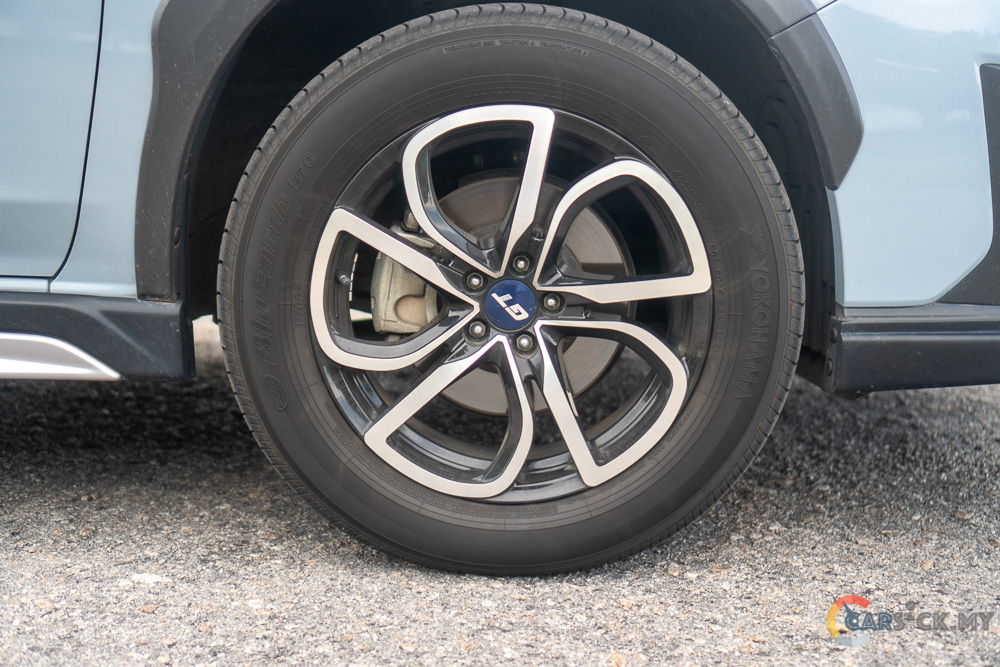
Lastly, the XV does come with a full suite of ADAS features as part of Subaru’s EyeSight system. However, this system does not include blind spot monitoring — likely because the SUV has been on the market for a while and did not have that feature when it was first released. The XV comes with Pre-Collision Braking, Throttle Management, Lane Departure Warning, Sway Warning, Adaptive Cruise Control, and Lead Vehicle Start Alert.
With a price tag of RM162,300, the Subaru XV is a safe bet when it comes to buying a solid SUV. It fits well into a practical lifestyle and handles everyday tasks with ease. One thing I really have to give Subaru credit for is that they genuinely poured their heart and soul into making this SUV a well-rounded vehicle. For me, the only downside of the XV is that it feels a bit dated compared to what’s currently available on the market. However, if you want a vehicle that can easily last you 8 to 10 years, the XV can do that without much hassle. Even in 2025, the XV is still worth a second look if reliability is at the top of your priorities.
Check out the full photo album here. 